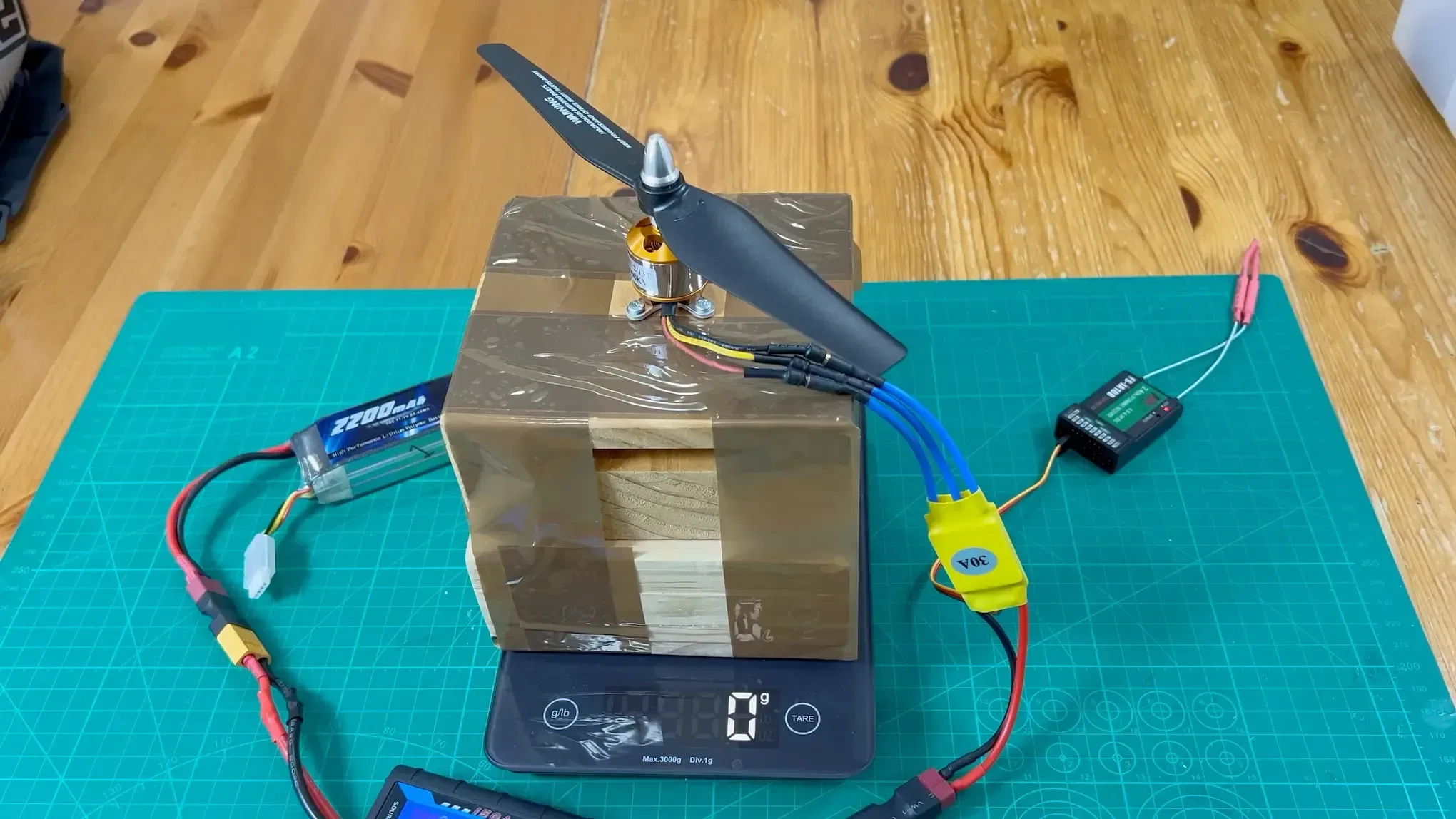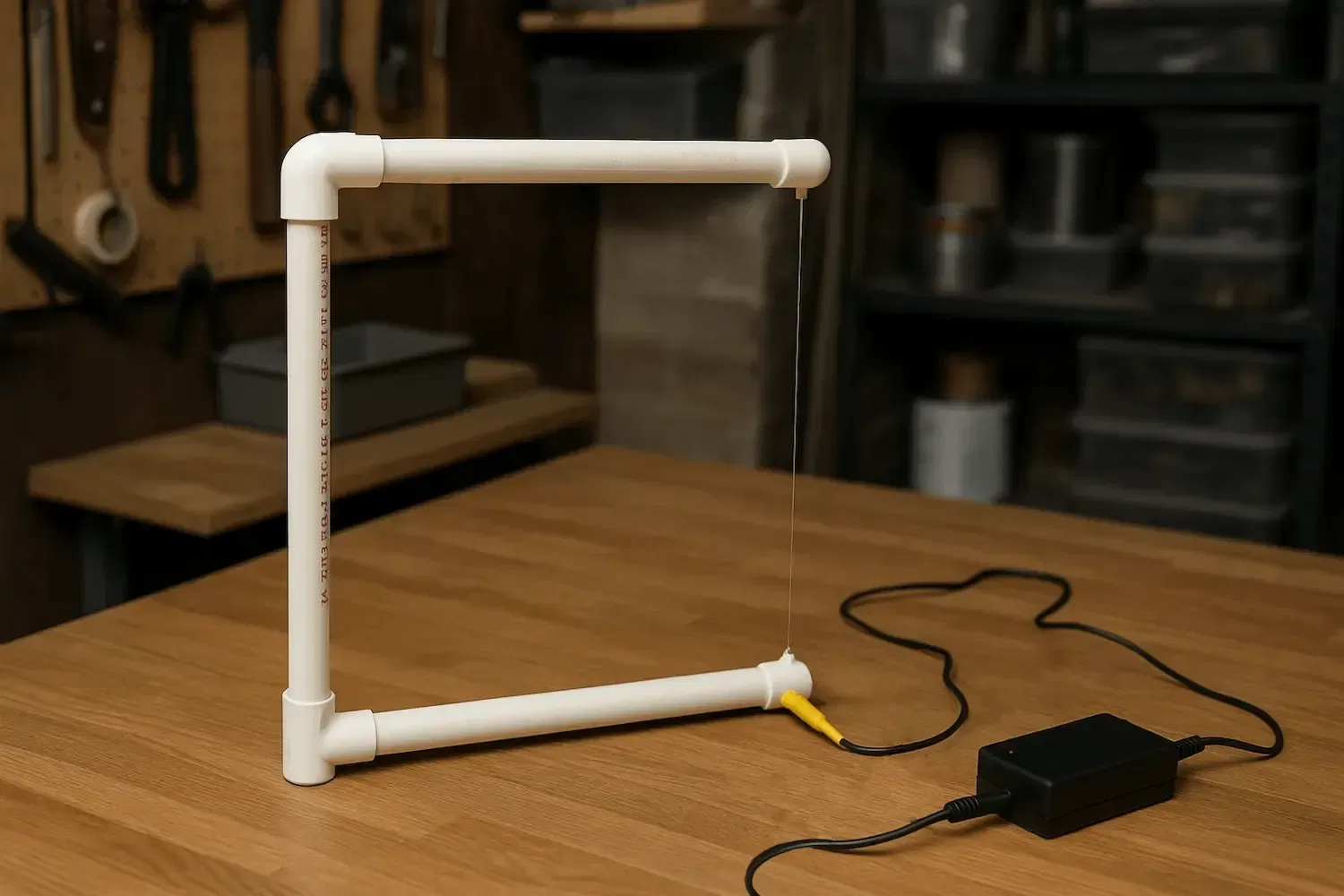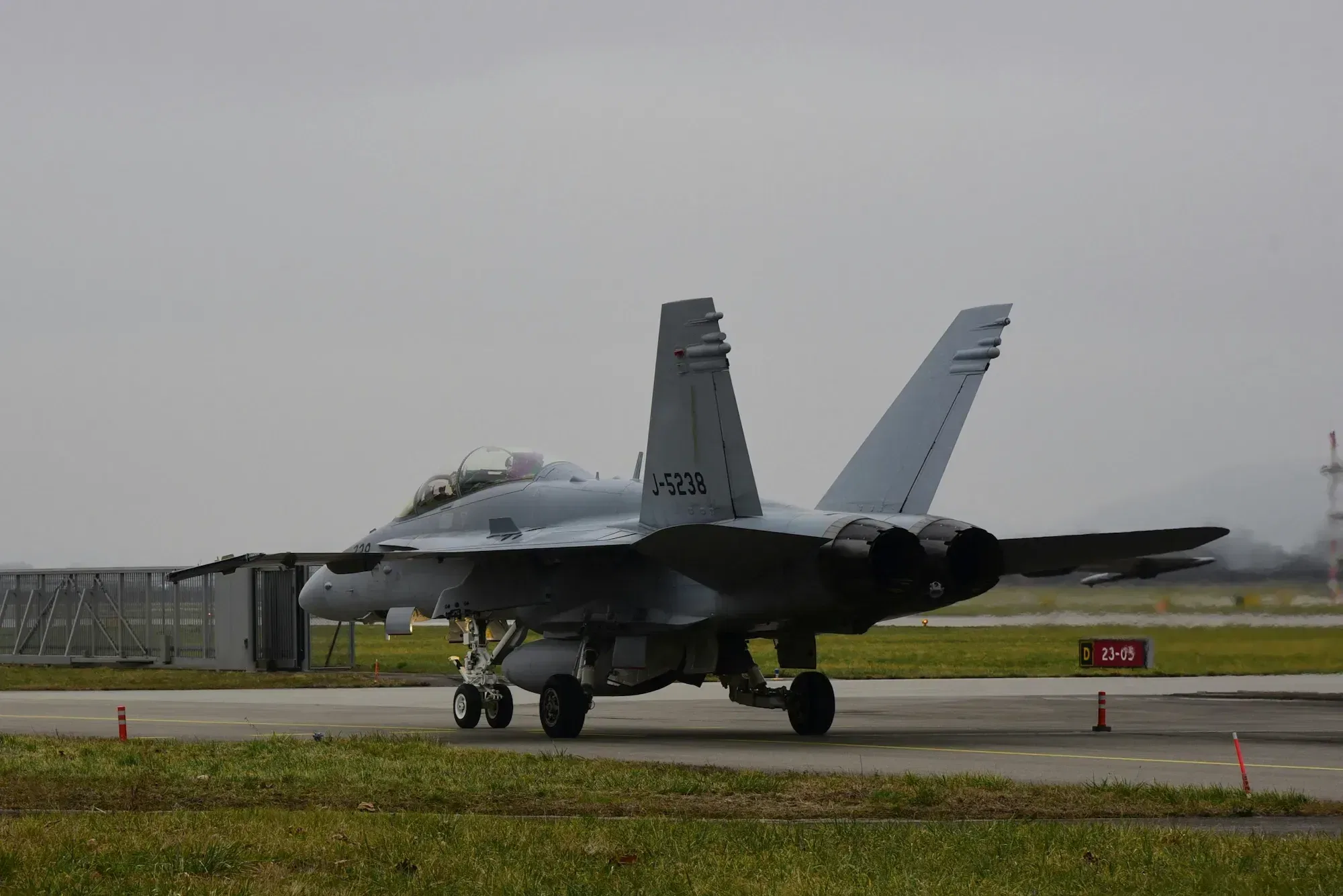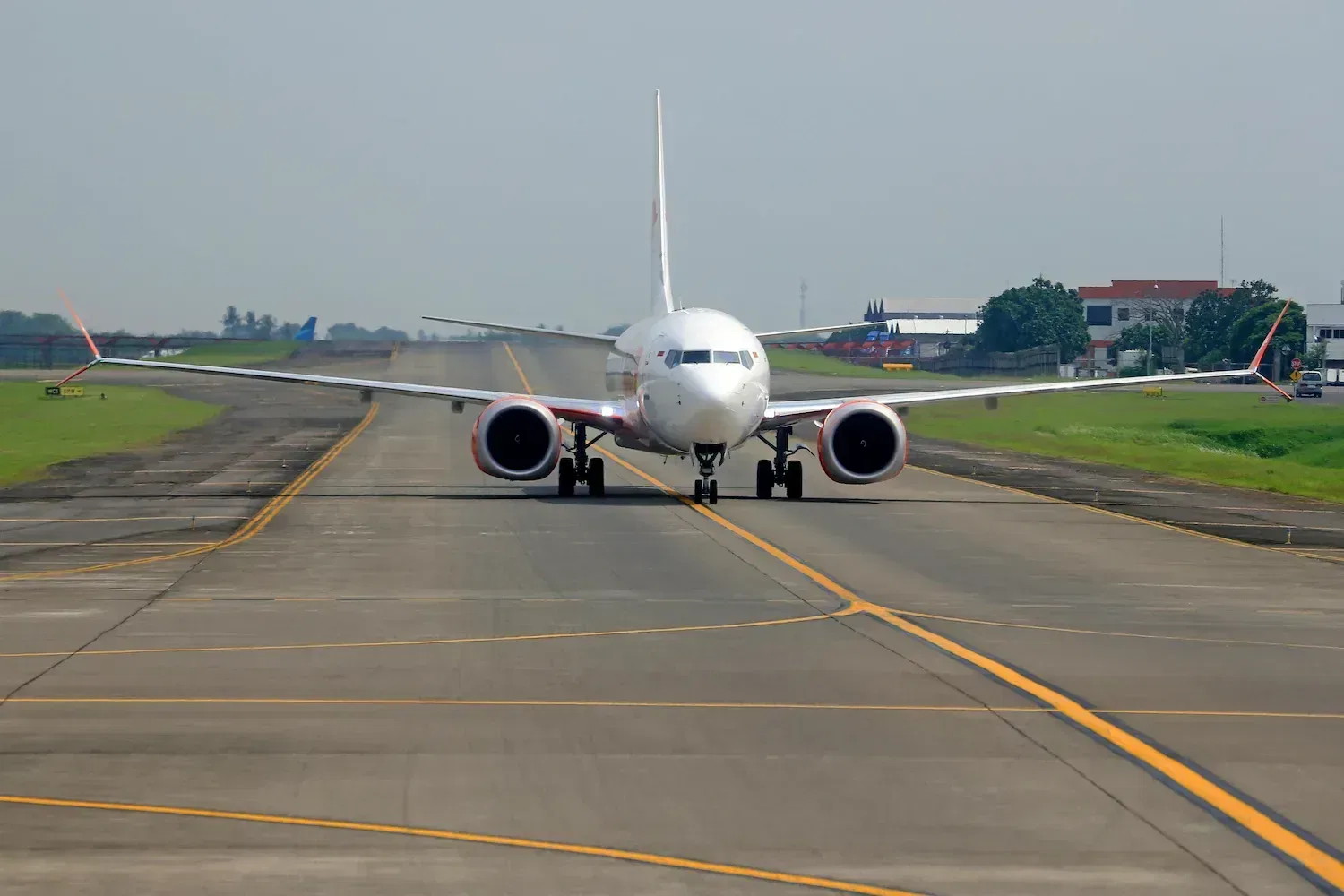RC Flight Physics

Start Your RC Flight Physics Journey with Labdarna
At Labdarna, we believe that learning aerodynamics and RC Flight Mechanics should be both educational and fun. Through hands-on projects like building RC airplanes and experimenting with aerodynamic designs, we make it easy for learners of all ages to dive into this fascinating field. Explore the science of motion and unleash your creativity with Labdarna!
The Importance of Learning Aerodynamics and Flight Physics
Aerodynamics is the study of how air interacts with objects in motion, playing a crucial role in fields like aviation, automotive design, and even sports. Learning aerodynamics is not only about understanding the science of flight—it’s about applying principles that affect our everyday lives and developing skills that fuel innovation and creativity.
Understanding the Science of Flight
Aerodynamics is the foundation of aviation. By learning how air flows over wings and other surfaces, you can understand how airplanes take off, stay in the air, and land. This knowledge bridges the gap between theoretical science and real-world applications.
Hands-On Learning Opportunities
Learning aerodynamics offers countless opportunities for experimentation and creativity. Building model airplanes, testing wind tunnels, or crafting drones allows you to see these principles in action, making learning engaging and interactive.
Encouraging Problem-Solving and Innovation
Aerodynamics involves solving complex challenges, like reducing drag, increasing efficiency, or improving stability. These problem-solving skills foster creativity and encourage thinking outside the box, traits highly valued in any profession.
Simplifying Aerodynamics with Labdarna
At Labdarna, we strive to simplify the understanding of aerodynamics and show that this subject is not as complex as most people think. By breaking down the concepts into easy-to-grasp lessons and practical projects, we make aerodynamics accessible and fun for learners of all ages.
Recently published topics:
Learn how to measure thrust of a 1000KV brushless motor with a 9x4 prop and 3S LiPo using a simple kitchen scale setup. Includes tips, safety, and improvements.
Learn how to calibrate a hotwire cutter for precise foam cutting with this hands-on DIY guide. Step-by-step instructions, tips, and real examples to get perfect results every time.
Remote control (RC) systems form the communication bridge between an RC pilot and their aircraft. Whether you're flying a beginner trainer or a custom FPV aircraft, the transmitter and receiver work together to deliver precise control. In this guide, we’ll cover how RC systems function, break down essential features like channels and signals, and focus on FlySky—a brand known for reliability, affordability, and beginner-friendliness
Learn how airplane control surfaces like ailerons, elevators, and rudders work to steer aircraft. This detailed guide covers their functions, limits, and how RC models use servos, linkages, and transmitter settings for precise control.
The tail section of an airplane plays a critical role in the stability, control, and performance of the aircraft. Whether you're building a foam RC model or designing a full-scale airplane, understanding tail configurations helps you make informed decisions about flight characteristics like yaw control, pitch stability, and aerodynamic efficiency
Dihedral wing design is a foundational element in aircraft stability engineering. By angling the wings upward, designers introduce a natural restoring force that improves roll stability and helps maintain level flight. This makes dihedral ideal for aircraft where ease of control and passive stability are important, such as gliders, UAVs, and training platforms







